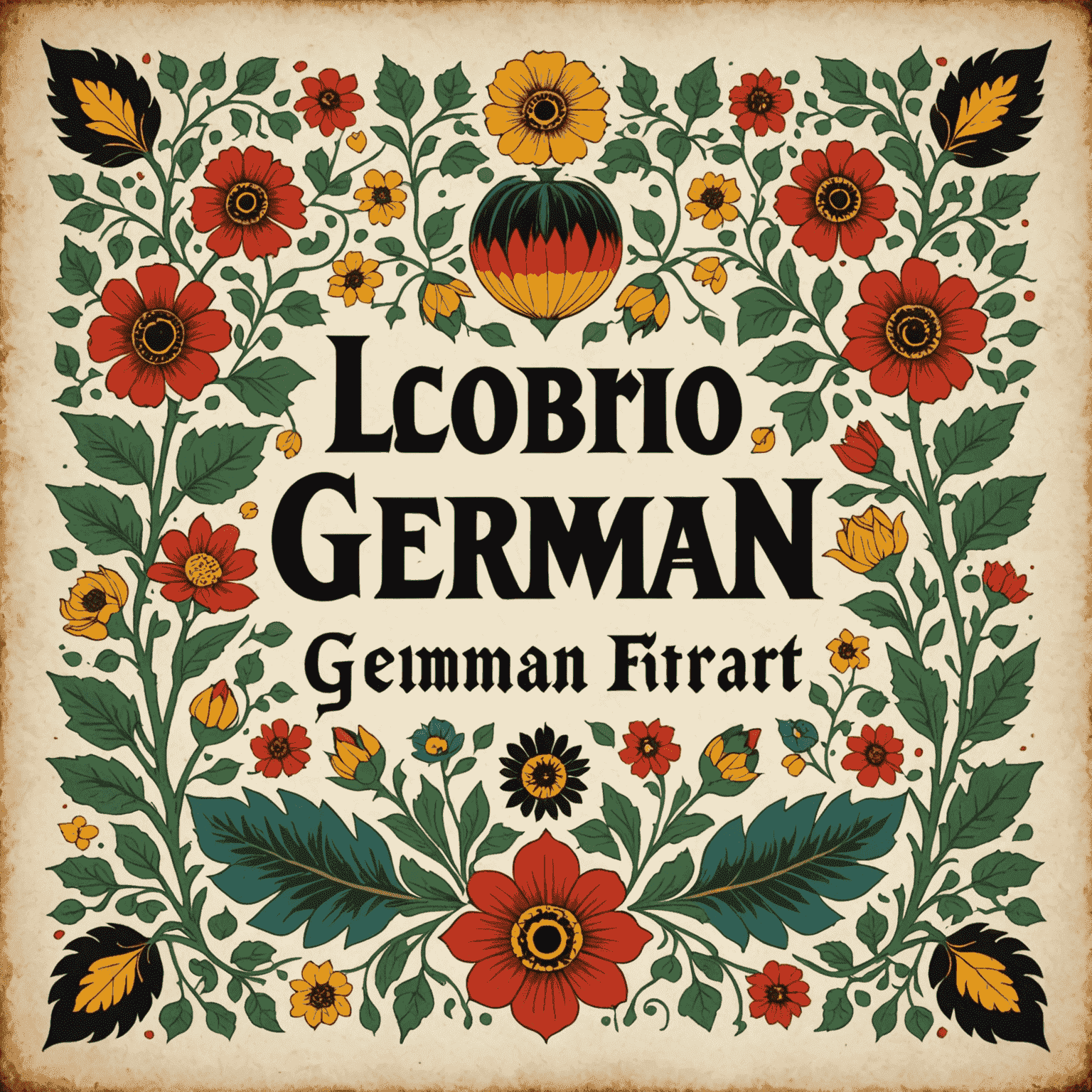Regional German Folk Art Styles
Germany's rich cultural tapestry is woven with diverse regional folk art traditions, each telling a unique story of local heritage and craftsmanship. Let's embark on a journey through some of the most distinctive styles that have shaped German artistic identity for centuries.
Black Forest Cuckoo Clocks
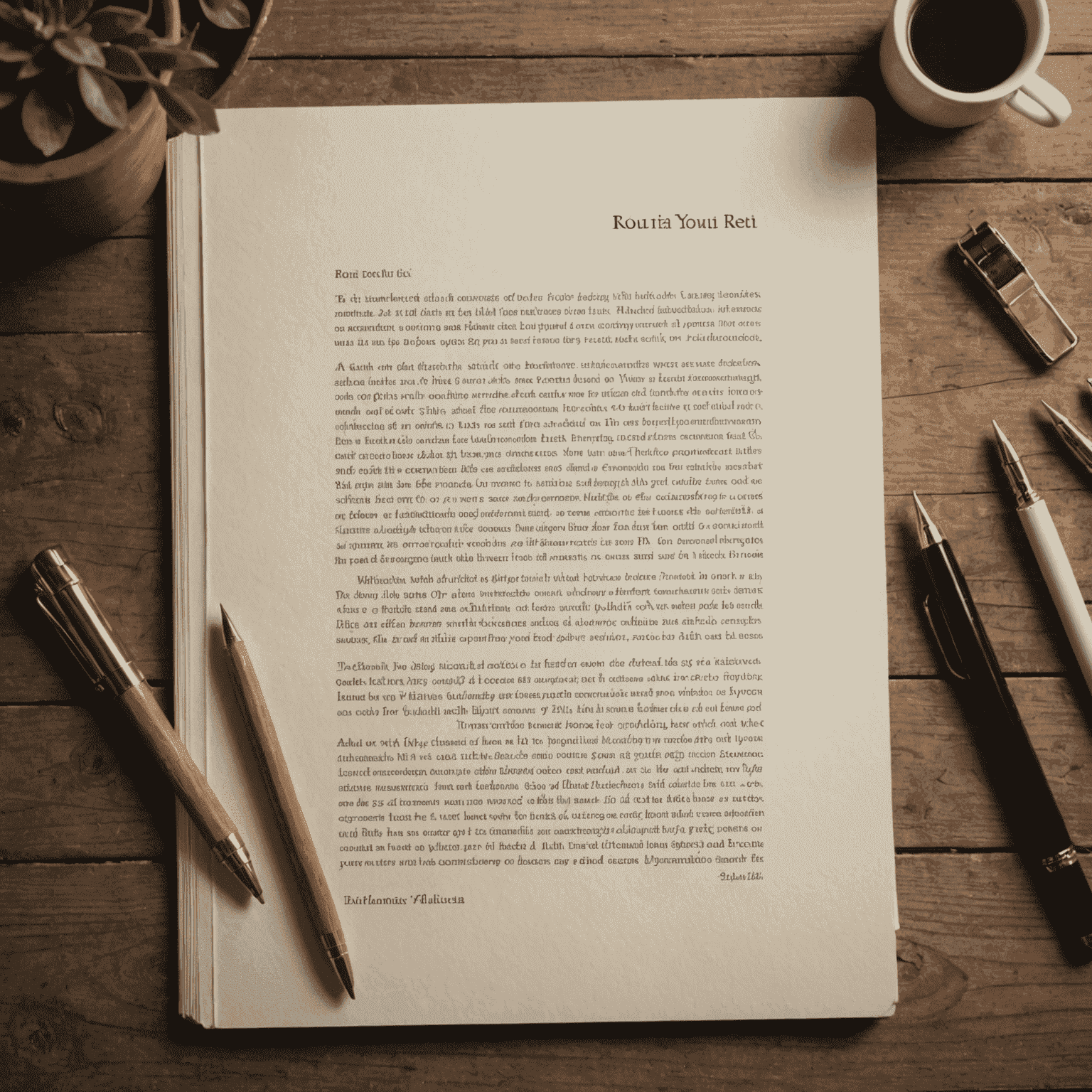
Originating from the Black Forest region of southwestern Germany, these iconic timepieces are marvels of woodcarving artistry. Craftsmen meticulously carve scenes of rural life, woodland creatures, and intricate foliage, creating not just clocks, but miniature worlds that come alive on the hour with melodious cuckoo calls and moving figurines.
Bavarian Glass Painting
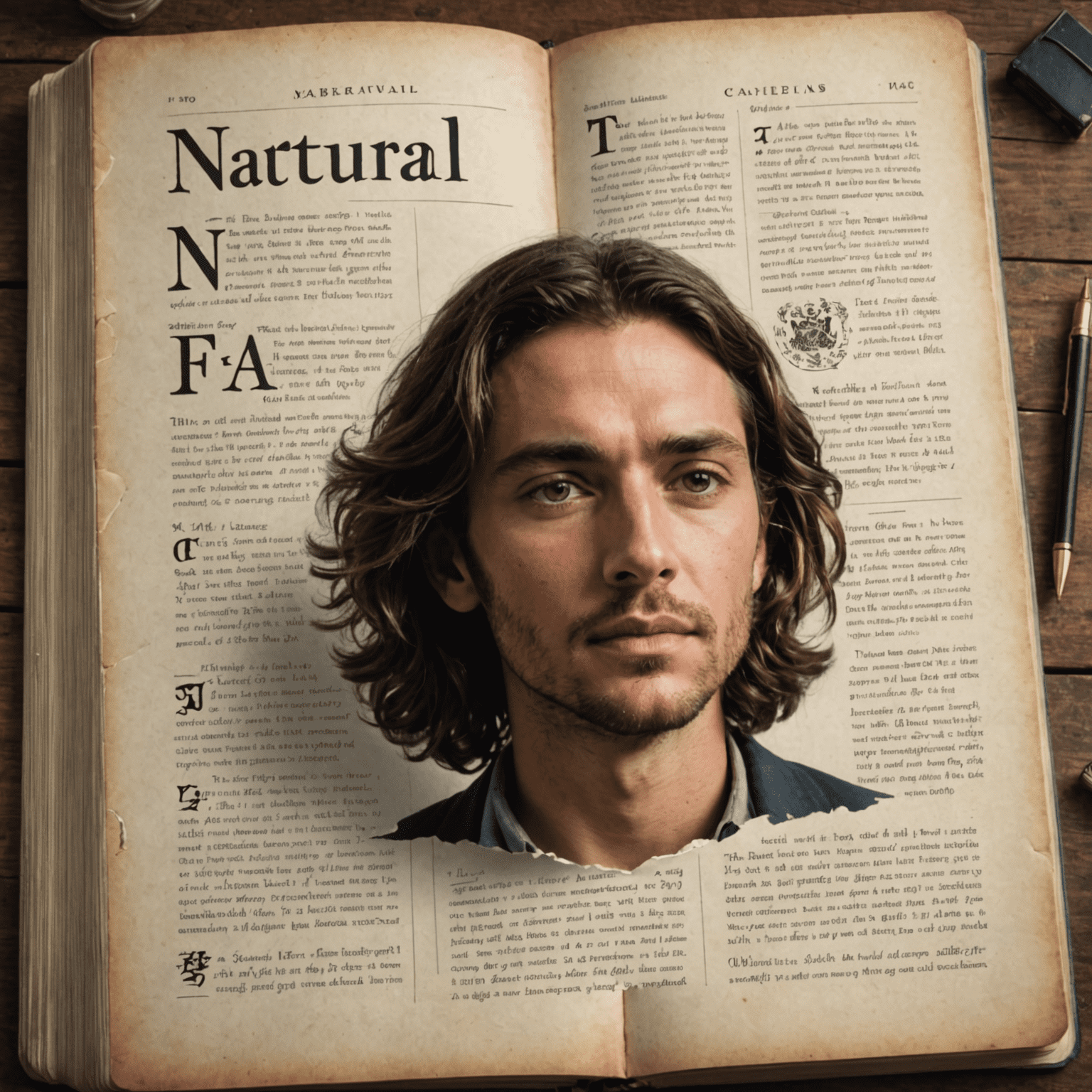
Hinterglasmalerei, or reverse glass painting, is a cherished Bavarian art form. Artists paint intricate designs on the back of glass panels, creating luminous works that often feature religious motifs, pastoral scenes, or floral arrangements. The technique requires careful planning and execution, as layers are applied in reverse order.
Saxon Blaudruck (Blue Printing)
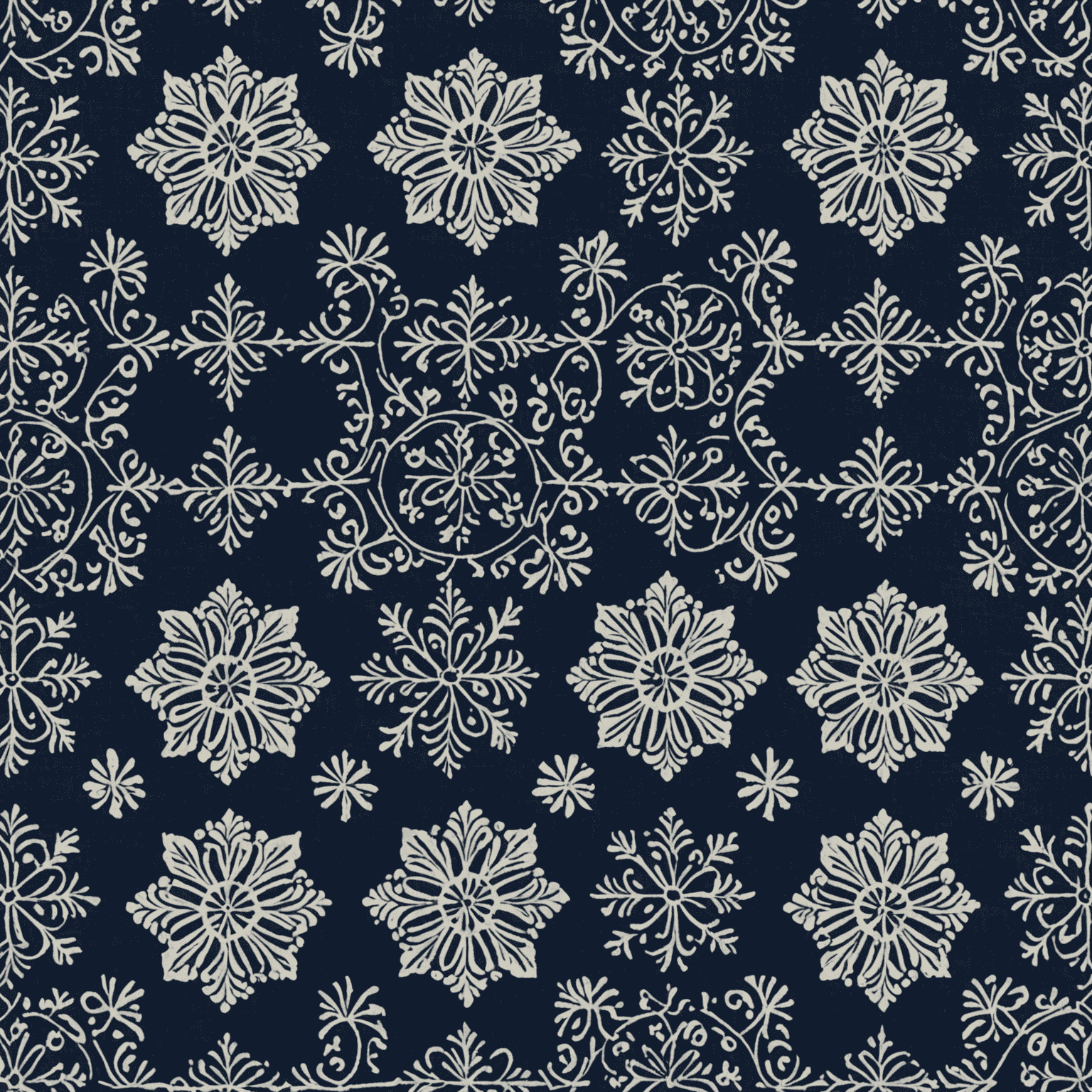
This textile printing technique from Saxony creates stunning blue and white fabrics. Artisans use wooden blocks to apply a resist paste to cloth before dyeing it in indigo. The result is a mesmerizing array of white patterns against a deep blue background, often featuring floral motifs, geometric designs, or scenes from daily life.
Franconian Pottery
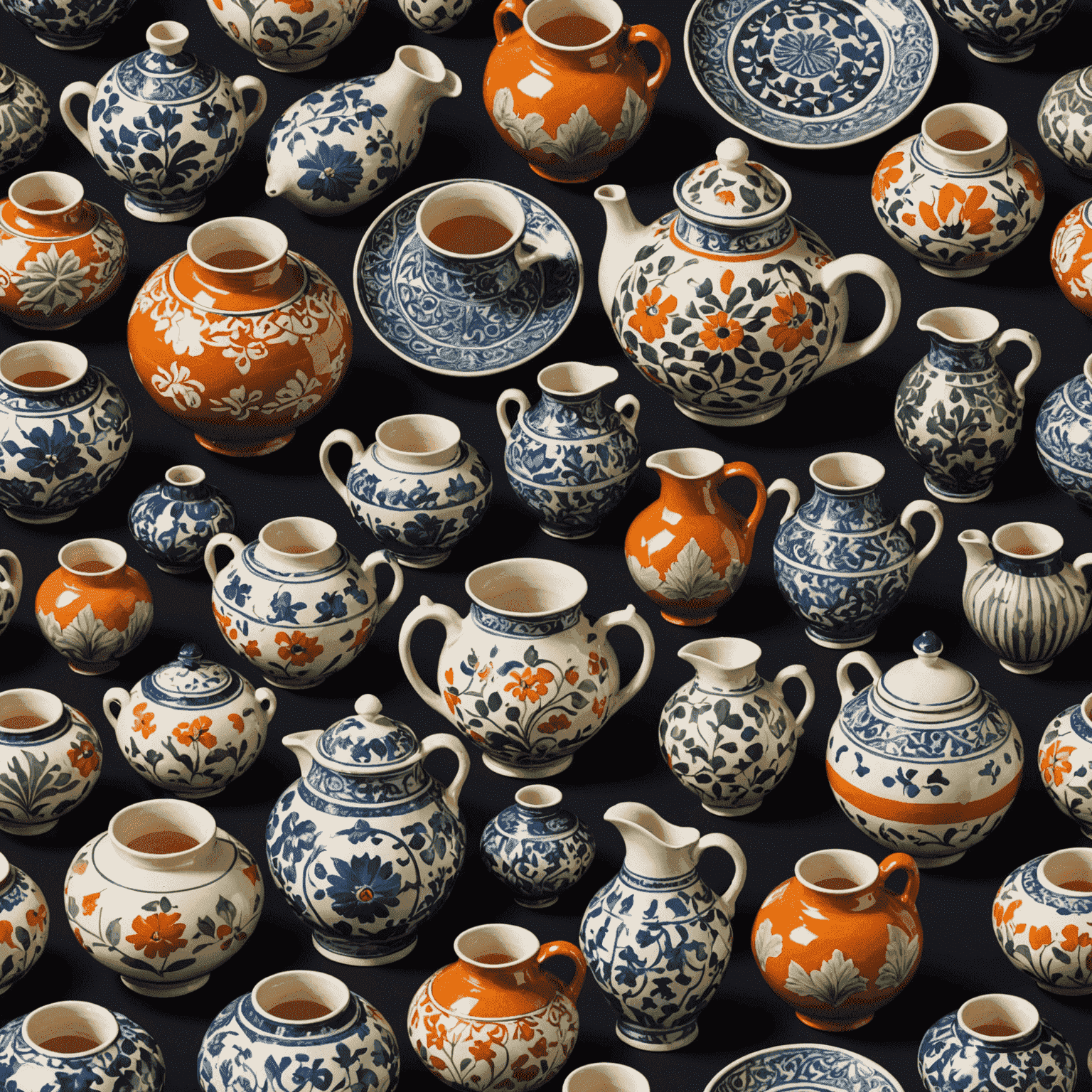
The region of Franconia is renowned for its distinctive pottery. Characterized by bold colors and intricate patterns, Franconian ceramics often feature stylized floral designs, geometric shapes, and occasionally, whimsical animal figures. The pottery's glazes range from earthy browns to vibrant blues and greens, reflecting the natural beauty of the Franconian landscape.
Sorbian Easter Eggs
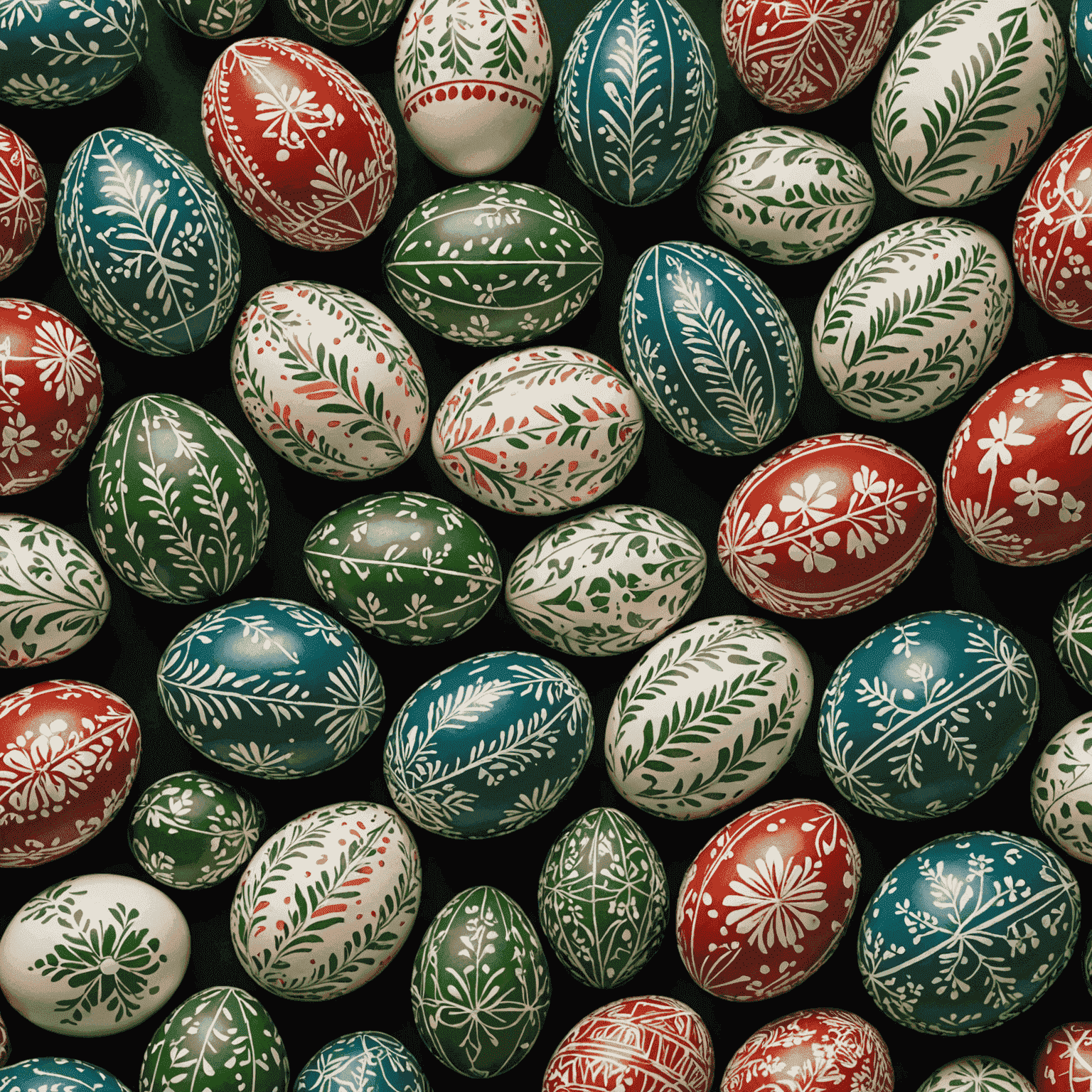
In the Lusatia region, the Sorbian minority group practices a unique form of egg decoration. Using a wax-resist method, artisans create intricate patterns on eggshells before dyeing them. The resulting eggs feature stunning geometric or nature-inspired designs in multiple colors, serving as symbols of rebirth and spring.
Conclusion
These regional folk art styles represent just a fraction of Germany's rich artistic heritage. Each tradition not only showcases the skill and creativity of local artisans but also tells the story of the region's history, values, and connection to the natural world. By preserving and celebrating these diverse art forms, we ensure that the beauty of German traditions continues to inspire and delight future generations.
